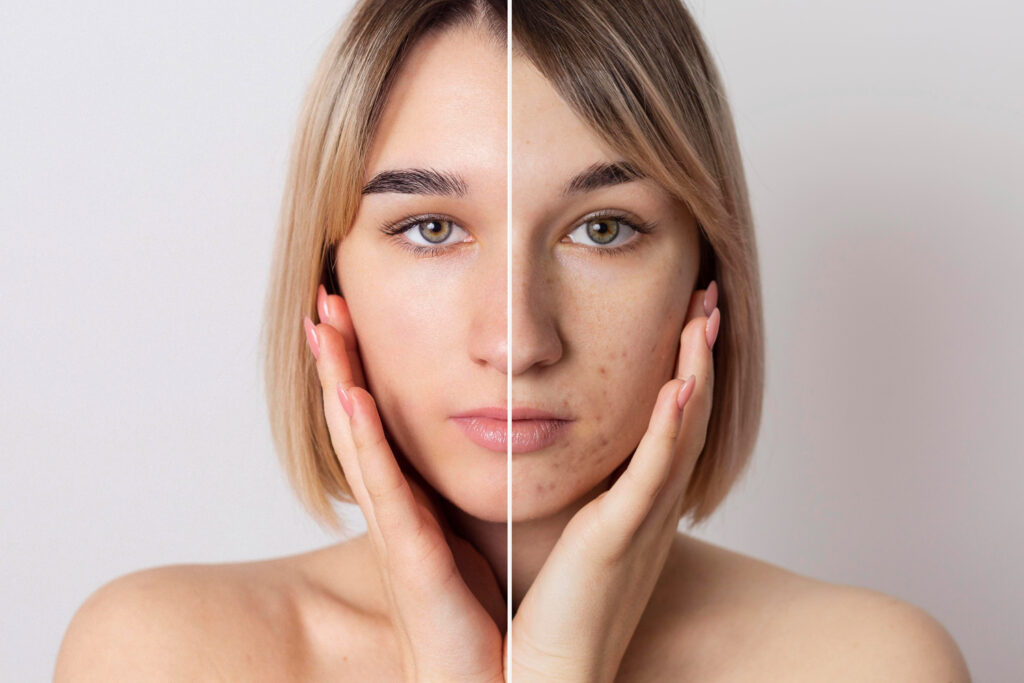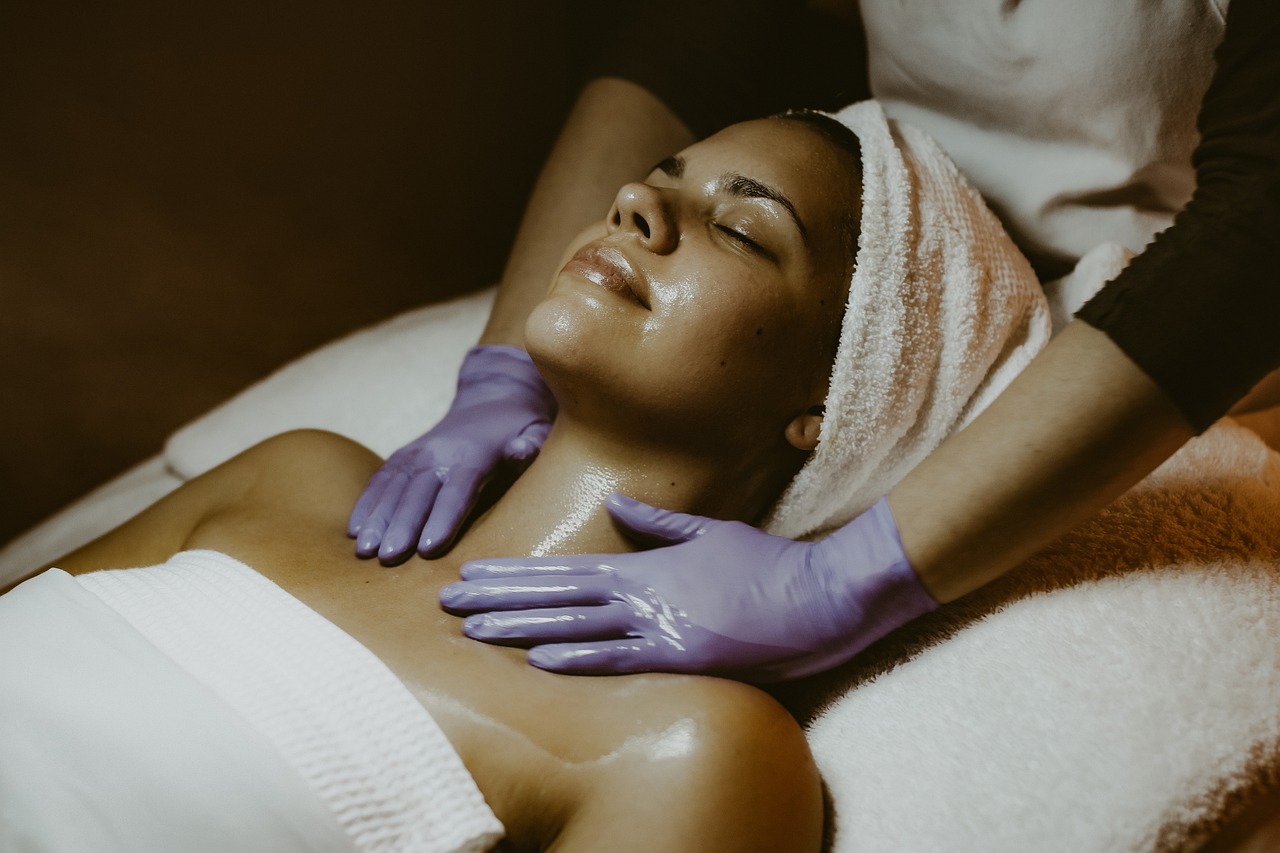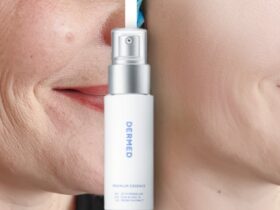Pigmentation, a common skin concern, can affect anyone, regardless of age or skin type. Whether you’re dealing with dark spots, melasma, or uneven skin tone, finding the right pigmentation treatment and removal methods is crucial. In this comprehensive guide, we’ll explore everything you need to know about pigmentation, effective pigmentation treatment options, and how to achieve clear and radiant skin.
Pigmentation: Understanding the Basics
Pigmentation refers to the coloring of the skin, determined by the presence of a pigment called melanin. Melanin production can vary among individuals, leading to differences in skin tones. However, when melanin production becomes uneven or excessive in certain areas, pigmentation issues arise. Let’s delve into the specifics:
What is Melanin?
Melanin is a natural pigment produced by melanocytes, specialized cells found in the epidermis. It’s responsible for the color of your skin, hair, and eyes. Melanin serves as your body’s natural sunscreen, protecting your skin from harmful UV rays.
Types of Pigmentation
- Hyperpigmentation: This occurs when melanin production increases, leading to dark spots, freckles, and melasma. UV exposure, hormonal changes, and skin injuries are common triggers.
- Hypopigmentation: In contrast, hypopigmentation results from a decrease in melanin production, leading to lighter patches of skin. Conditions like vitiligo are examples of hypopigmentation.
- Post-Inflammatory Hyperpigmentation (PIH): PIH is the result of skin inflammation, often caused by acne, burns, or skin injuries. It leads to dark spots in affected areas.
Pigmentation Causes and Prevention
Understanding the factors that cause pigmentation is the first step in preventing and treating it effectively. Let’s explore common causes and preventive measures:
Sun Exposure
Excessive sun exposure is a primary cause of pigmentation. UV rays stimulate melanin production, leading to sunspots and uneven skin tone. Preventive measures include:
- Sunscreen: Apply a broad-spectrum sunscreen with an SPF of at least 30 daily.
- Protective Clothing: Wear wide-brimmed hats and long sleeves when outdoors.

Hormonal Changes
Hormonal fluctuations, such as those during pregnancy or while taking birth control, can trigger melasma. Prevention involves:
- Hormone Regulation: Consult with a healthcare provider to manage hormonal imbalances.
- Sun Protection: As hormonal changes increase sensitivity to UV rays, sunscreen is crucial.
Skin Injuries
Injuries, burns, or even aggressive skincare treatments can lead to PIH. Preventive measures include:
- Gentle Skincare: Avoid harsh treatments and opt for a gentle skincare routine.
- Wound Care: Properly care for wounds to minimize scarring and pigmentation.
Pigmentation Treatment Options
Now that we’ve covered the basics let’s explore effective pigmentation treatment options:
Topical Treatments
- Skin Lightening Creams: These creams contain ingredients like hydroquinone, kojic acid, or alpha hydroxy acids (AHAs) to fade dark spots gradually.
- Retinoids: Retinoids promote skin cell turnover, reducing pigmentation over time.
- Vitamin C Serums: Vitamin C is known for its antioxidant properties and can help fade pigmentation.
In-Office Procedures
- Chemical Peels: Chemical peels remove the top layer of skin, revealing fresh, evenly pigmented skin beneath.
- Microdermabrasion: This treatment exfoliates the skin’s surface, reducing the appearance of pigmentation.
- Laser Therapy: Lasers target pigmented areas, breaking down excess melanin.
Home Remedies
- Aloe Vera: Applying aloe vera gel can soothe and lighten pigmented areas.
- Turmeric Masks: Turmeric’s natural properties can help brighten skin when used in masks.
- Lemon Juice: The acidity of lemon juice can lighten dark spots when applied topically.
Frequently Asked Questions
Q: Can pigmentation be completely removed?
A: While complete removal can be challenging, significant improvement is possible with the right treatments and consistency.
Q: Are there any natural remedies for pigmentation?
A: Yes, some natural remedies like aloe vera and turmeric can help improve pigmentation issues.
Q: How long does it take to see results from pigmentation treatments?
A: Results vary depending on the treatment, but it may take several weeks to months to notice significant improvement.
Q: Can I prevent pigmentation by avoiding the sun?
A: While sun protection is crucial, pigmentation can have other causes, so prevention requires a holistic approach.
Q: Are there any side effects associated with pigmentation treatments?
A: Some treatments may have side effects like redness, peeling, or temporary darkening, but they are usually temporary.
Q: Can pigmentation treatments be used on all skin types?
A: It’s essential to choose treatments suitable for your skin type to avoid complications. Consult a dermatologist for guidance.
Conclusion
Achieving clear and radiant skin is possible, even when dealing with pigmentation issues. By understanding the causes and prevention methods, exploring various treatment options, and seeking professional advice when needed, you can confidently take steps towards a more even skin tone. Say goodbye to pigmentation woes and embrace your natural beauty!









